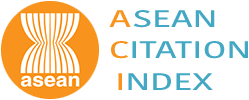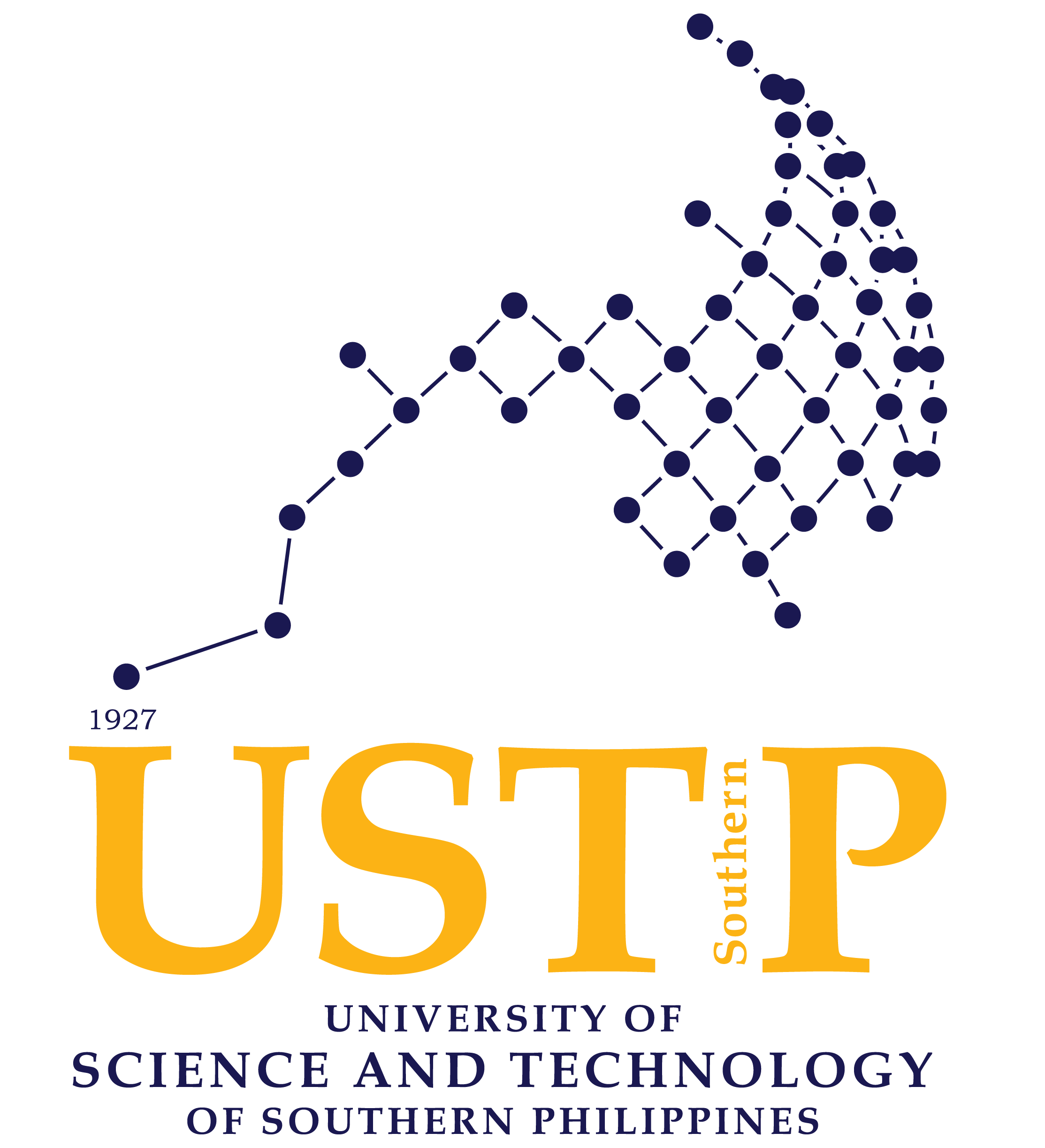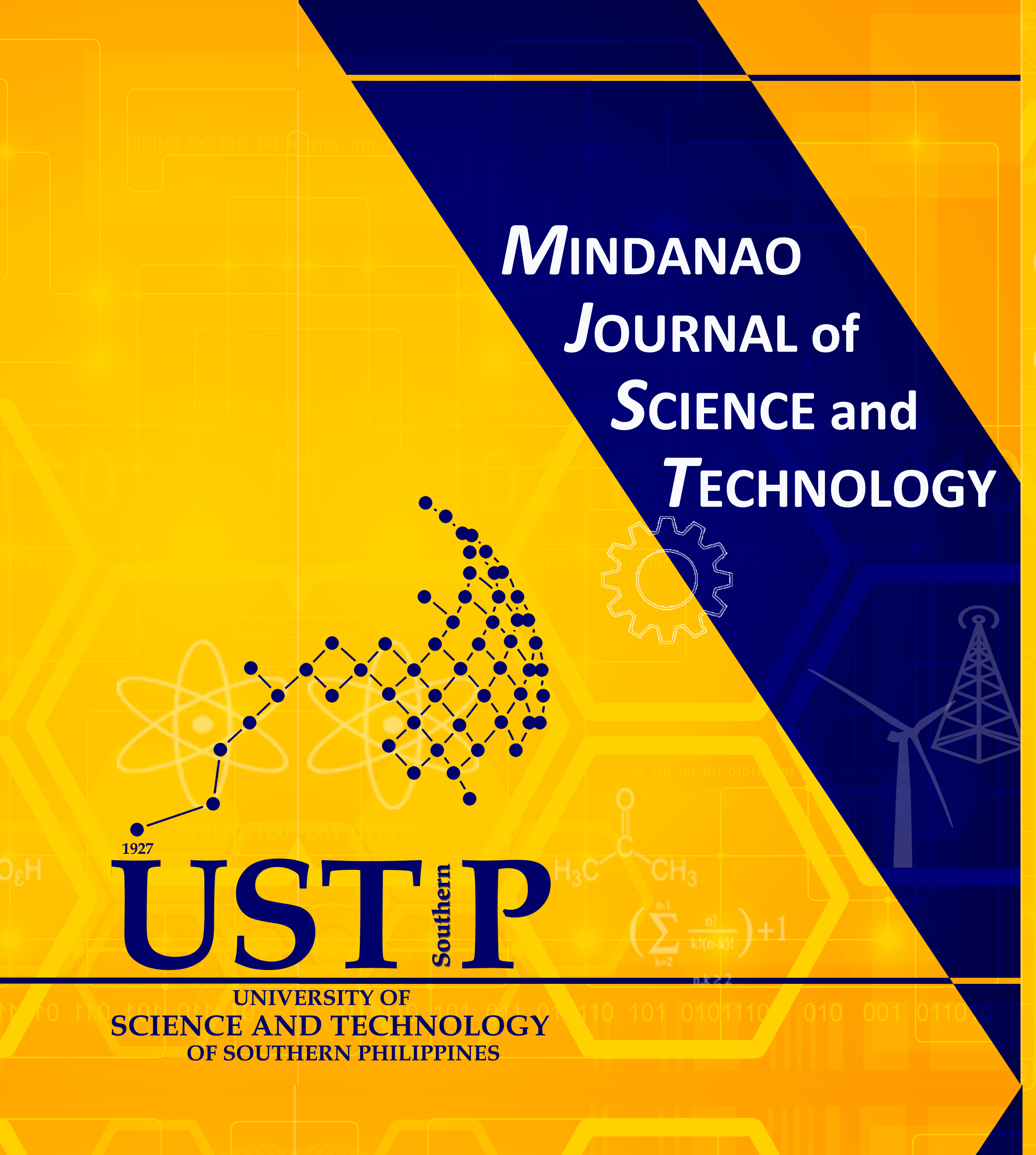Modelling Domestic Water Demand and Management Using Multi-Criteria Decision Making Technique
Keywords:
water demand, multi-criteria, decision making, decision support systemAbstract
Sustainable water consumption is considered as one of the key factors for the successful management and development of every institution. In selecting the most appropriate forecasting technique for an institution, it is necessary to consider not only the planning needs but also the balance of the benefits arising from adopting a more sophisticated technique against the cost of data acquisition and analysis. However, there is a lack of an analytical tool that matches the needs and capability of the institution in dealing with multifaceted problems based on the selected criteria for water management. In this premise, this study aims to provide an appropriate prediction model in the short and midterm of water demand forecasting based on institution-specific criteria. There were two steps used to perform decision making in selecting the water demand forecasting. First, a multi-criteria decision making technique was applied to obtain weights in each criterion and was used in all models. Second, each model utilized a 10-fold cross-validation to evaluate prediction models by dividing the dataset into a training and a test set. Mean absolute percentage error was used to assess the performance of the models. Based on the result, the support vector machine was the most preferred model. In the short-term water demand forecasting, it only used one variable to predict the water demand. The most preferred model was autoregressive integrated moving average.










